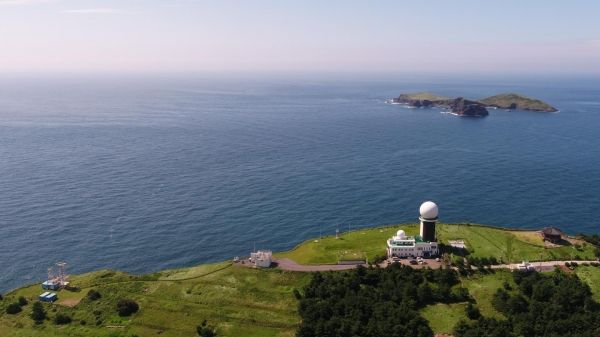Global emissions of a potent substance notorious for depleting the Earth’s ozone layer – the protective barrier which absorbs the Sun’s harmful UV rays – have fallen rapidly and are now back on the decline, according to new research.
Two international studies published today in Nature show emissions of CFC-11, one of the many chlorofluorocarbon (CFC) chemicals once widely used in refrigerators and insulating foams, are back on the decline less than two years after the exposure of their shock resurgence in the wake of suspected rogue production.
Dr Luke Western, from the University of Bristol, a co-lead author of one of the studies, said: “The findings are very welcome news and hopefully mark an end to a disturbing period of apparent regulatory breaches. If the emissions had stayed at the significantly elevated levels we found, there could have been a delay, possibly of many years, in ozone layer recovery. On top of that, since CFC-11 is also a potent greenhouse gas, the new emissions were contributing to climate change at levels similar to the carbon dioxide emissions of a megacity.”
The production of CFC-11 was banned globally in 2010 as part of the Montreal Protocol, a historic international treaty which mandated the phase-out of ozone-depleting substances. Thereafter, CFC-11 emissions should have steadily fallen.
Read more at University of Bristol
Image: An image of Gosan measurement station - part of the AGAGE monitoring network - on Jeju Island in South Korea. Measurements from this station were used in the study to quantify emissions from China. (Credit: AGAGE)


